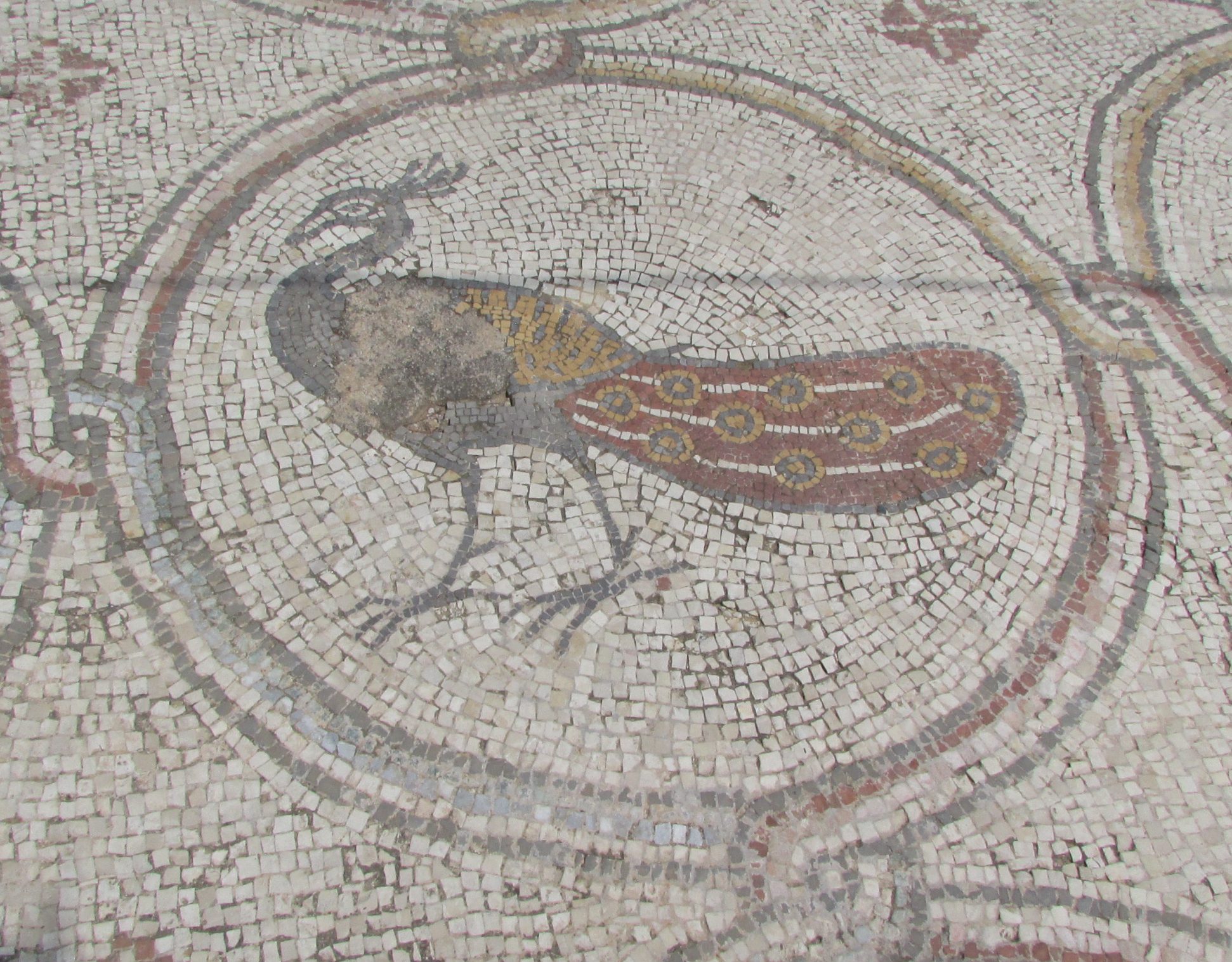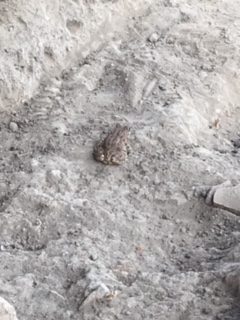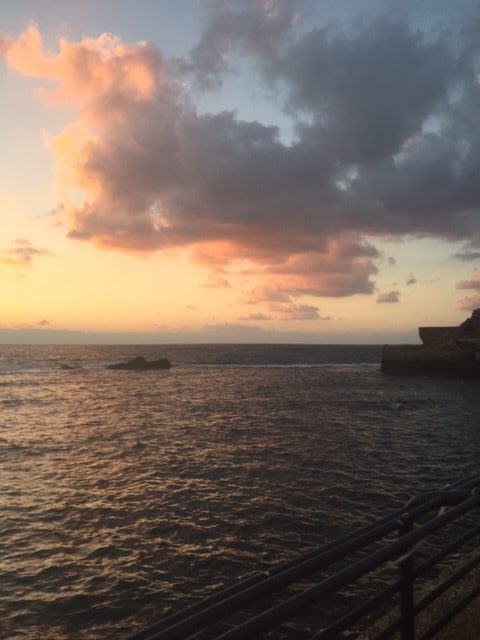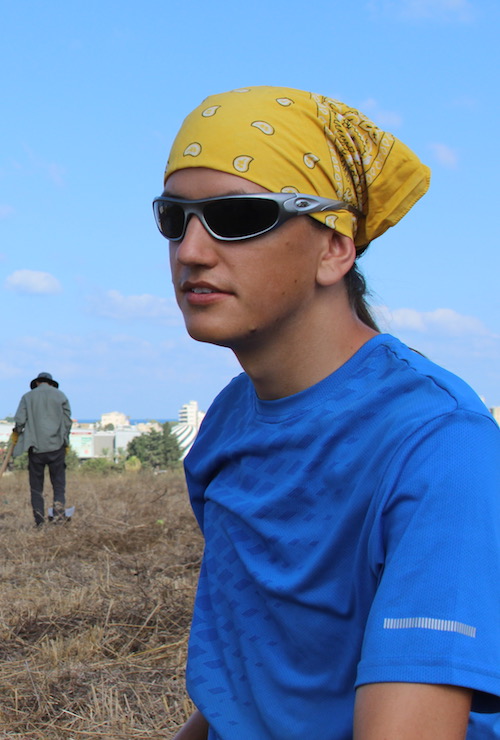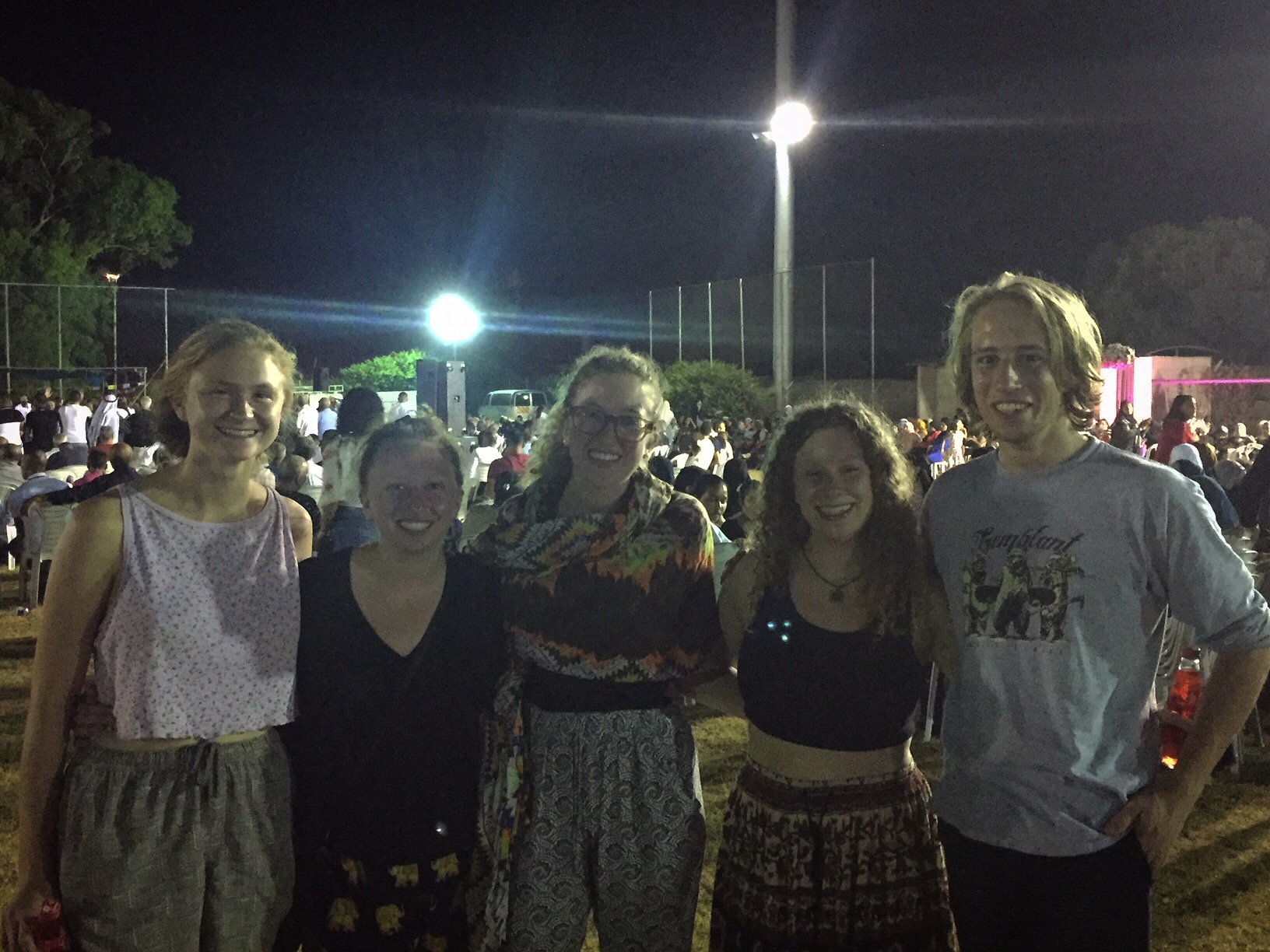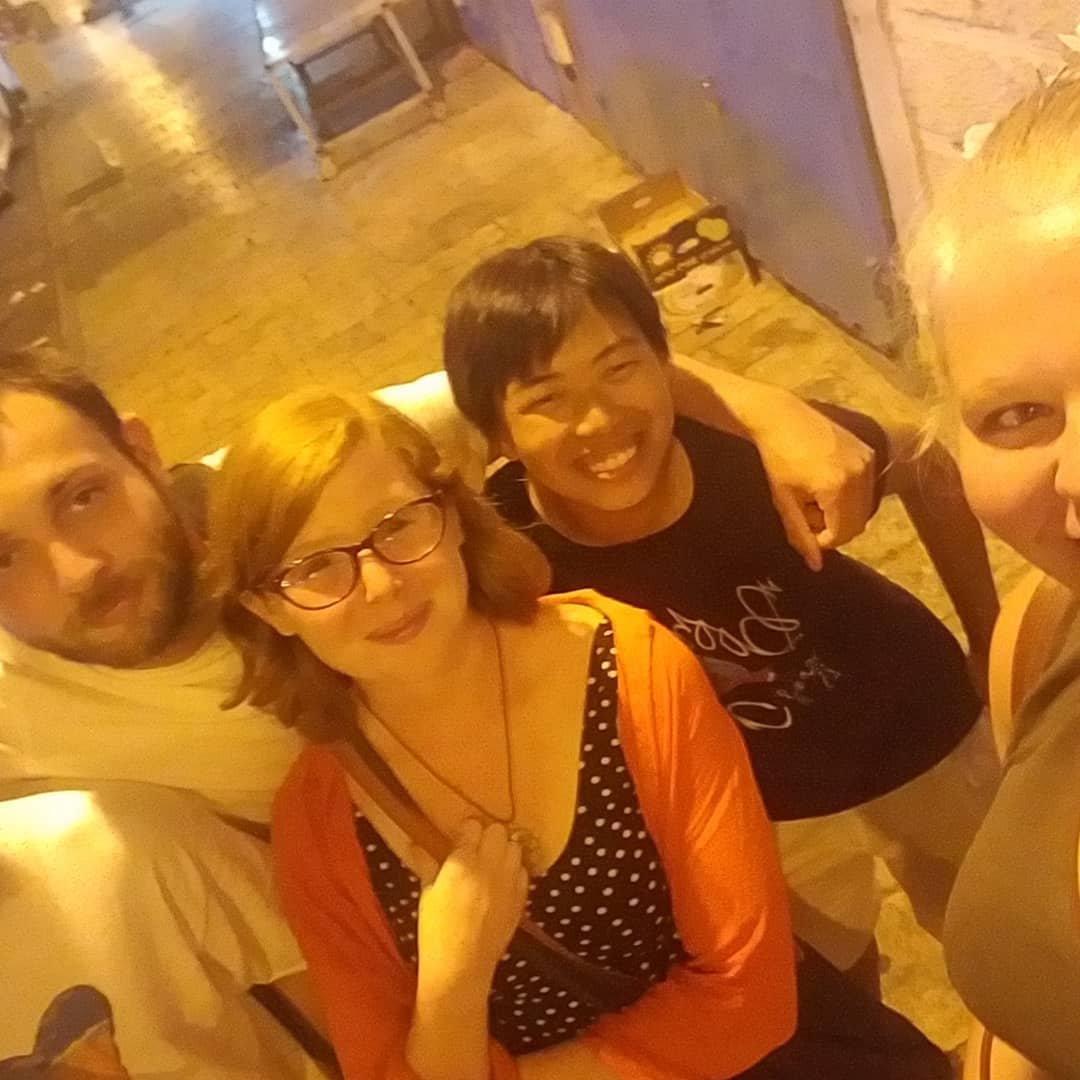A Possible New Direction
A Possible New Direction
by Emily Ratvaskay
Introduction
I have been troubled for some time regarding what I could possibly specialize in, in the future.
I have thrown myself head-long into many archaeology courses, multiple semesters of an internship, an undergraduate associate-ship, and now a field school, as attempts to figure out my life. I am not completely sure, but I think I may have a lead.
What Happened
While on our trip around Caesarea, I spoke with Dr. Michael Sugarman about what I have been doing in college (classes and whatnot). While we spoke, I shared how much I enjoyed the idea of reconstructing past environments by taking cores of various things, especially marine sediments. Soon after, we made a quick stop at the Bird Mosaic (see picture) and heard a short lecture about the history of tsunamis in the Mediterranean, especially in regards to how long the harbor at Caesarea was in use. This lecture was given by Dr. Beverly Goodman, a geoarchaeologist.
She then went on to talk about what other work she is doing. The one which resonated with me the most was her work in Japan. She has yet to start working there, being preoccupied with her work in the Yucatan, looking for Pre-Columbian harbors and her work in Caesarea, but it sounds quite intriguing. Her work in Japan will be centered in Okinawa, searching for evidence of a tsunami that occurred in the 1700s, according to historical sources.
After she finished her talk, I asked her if similar work has been done elsewhere in Japan. It appears that there hasn’t been. I find this to be an intriguing possible opportunity…
Elaboration
I love the idea of working with reconstructing past environments in Japan and using that information to support historical records of tsunamis or other disasters. Reconstructing how people in the past dealt with such things on all levels (the effects they had on trade/economy, infrastructure/government, religion, small communities vs. large communities, international relations, etc.)
Ever since I was little I was a nerd when it came to geology and anything about Japan (language, culture, history, geology, archaeology, etc.). As time went on, I realized my main passion was anthropology, specifically the subfield of archaeology. I still enjoyed geology and learning about Japan, but my interest in both had declined. Moreso with my interest in Japan, because I haven’t taken official classes on such topics in college.
On account of these things, I wanted to keep those two interests in mind when deciding what I would like to specialize in, however, I was hesitant to put much stock into the idea of working in Japan.
My Thoughts & Fears
I wanted, and would still like to, keep my options open. I was, and still am, worried that I will find myself in a place or in a position that I get bored with – a thing I pursue on a whim, just to realize that it isn’ t for me, and being unable to turn back. Cornered in a job that I should love, but don’t because I idiotically ran off in the opposite direction and got lost.
I fear that I will dive head-long into it, not knowing what I am getting myself into, and realizing that I hate it, or finding deathly boring, or finding that I am actually horrible with dealing with the hard science of it all.
I fear that even if I am ok with understanding the hard science, that I will get bogged down in it and forget about the people involved (both past and present).
I fear that I will forget why I am doing this job: why the past is important and why people care about it.
I fear that even if I don’t forget about such things, that I won’t be able to properly communicate with the public, thus continuing the gap of misunderstanding between academia and the general public.
I fear many things, so, so many things… There are so many possible things that could happen if I chose this path (bad, good, and in between). Granted, that is true of any path I take, including the one of continued indecisiveness.
I think I will read up on and learn more about this possibility before saying anything concretely. But I will admit that it feels good to finally see one feasible route I can take in the future.
